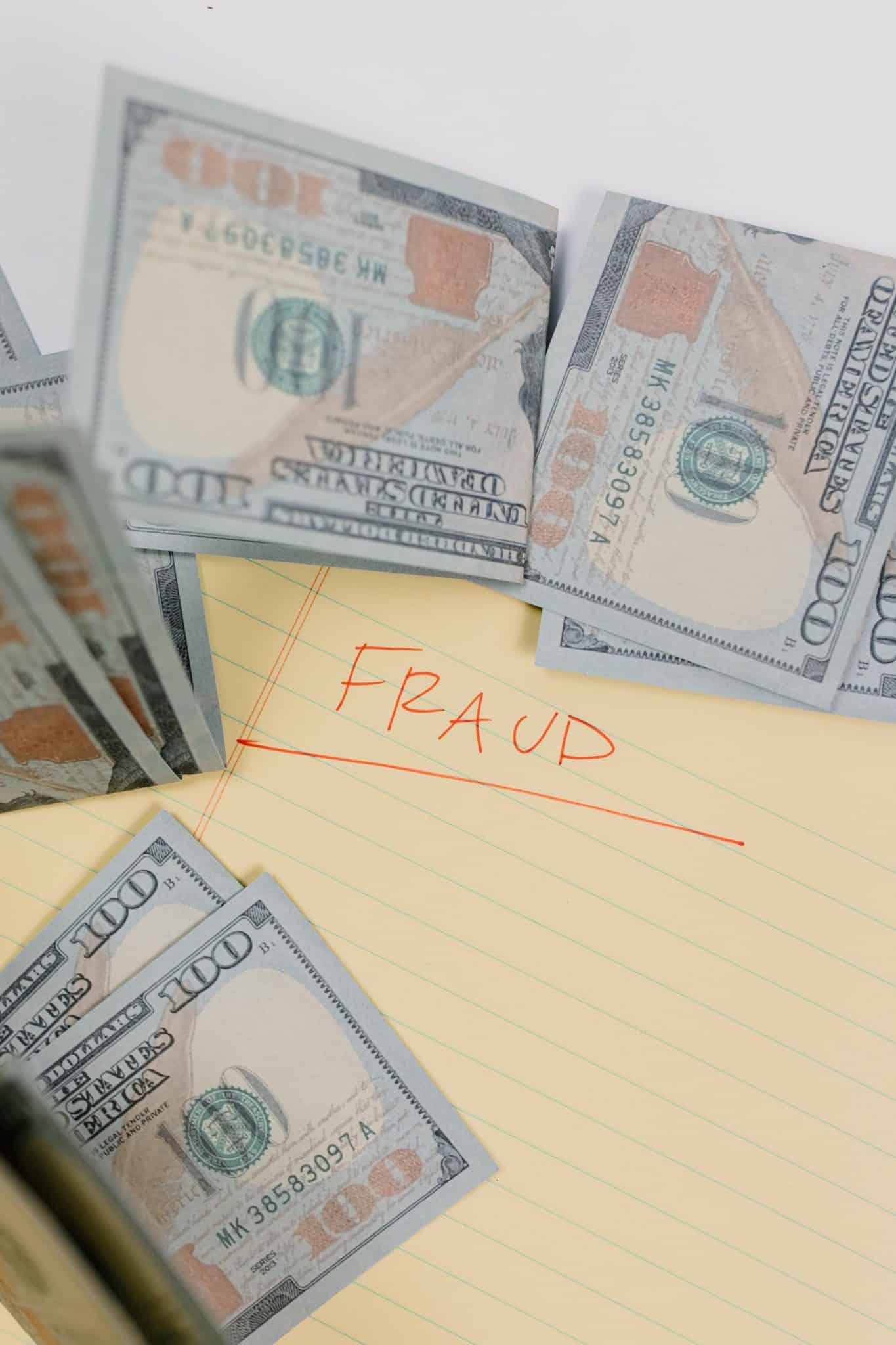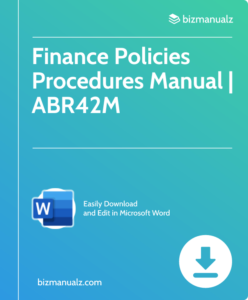How to Detect Financial Statement Fraud

Detecting financial statement fraud is essential for any organization. With the increasing fraudulent activities, effective methods are needed to identify and prevent them. This article aims to provide insights into detecting financial statement fraud and equipping individuals with the necessary tools to safeguard their organizations. How to detect financial statements fraud.
Detecting Financial Statement Fraud
Financial statements provide an overview of an organization’s performance, profitability, and stability. Yet, they can be manipulated or misrepresented by some for personal gains. To spot such fraudulent activities, one needs a keen eye for detail and knowledge of red flags.
Analyzing ratios and trends within the statements can show manipulations or misrepresentations. If there are sudden spikes in certain numbers without any actual reasons, it may mean inflated sales figures.
Internal audits and risk assessments are also key in detecting financial statement fraud. They help identify potential vulnerabilities and mitigate risks. Robust internal controls and regular audits reduce the chances of fraud happening.
The Enron scandal of 2001 is a prime example of financial statement fraud. The company used complex techniques to inflate profits and hide debts worth billions. It showed the need for more regulations and transparency in financial reporting to avoid similar incidents. The lessons from Enron continue to shape the way organizations approach financial statement analysis and fraud detection.
Understanding Financial Statement Fraud
Detecting fraud in financial statements is vital. It ensures businesses and investors can trust reports are accurate. To spot fraud, one must know how it can occur. Then one can spot ‘red flags’ and act to reduce the risk. Checking financial statements is key to detecting fraud. Look at ratios and indicators.
Here’s a table of elements that help spot fraud:
| Category | Indicators |
|---|---|
| Revenue | Unusual growth/decline |
| Aggressive recognition | |
| Expenses | Abnormal increases |
| Categorization issues | |
| Assets | Shortages/discrepancies |
| Write-offs/impairments | |
| Revaluations |
Also, consider non-financial factors like corporate governance, internal controls, and management integrity. These give an idea of an organization’s financial health.
A good example is a multinational corporation. They reported steady revenue growth for years. But, investigations showed they’d prematurely recognized revenues. This inflated earnings and misled investors. In the end, stakeholders lost a lot of money.
Signs of Financial Statement Fraud
Spotting financial statements fraud is vital for businesses and investors. It means finding signs or red flags that indicate fraudulent activities in the financial statements. Companies can avoid potential financial losses and uphold trust in their financial reporting by recognizing these warning signs. Here are some key indicators to look out for:
- Unexpected revenue changes: Manipulation of financial data could be shown by sharp, sudden rises or falls in revenue.
- Unsteady margins & profitability: Vast profit margins with no clear justification could be a fraud indicator.
- Bizarre growth rates: Strange growth rates in areas like sales or expenses compared to industry trends may suggest fraud.
- Frequent adjustments to accounts receivable or inventory: Changes to these accounts that have no reasonable cause could point to fraudulent reporting.
- Loads of strange transactions: Too many abnormal or non-recurring transactions could be an attempt to disguise fraud.
Apart from these, there could be other signs of financial statement fraud, e.g. unexplained asset value increases, discrepancies between related financial documents, and unusually high accruals or reserves.
Organizations must be vigilant and have strong internal controls to avoid and detect fraud. Regular financial statement reviews, independent audits, and ethical behavior in the organization can help reduce the chance of financial statement fraud.
The Association of Certified Fraud Examiners (ACFE) states that approximately 5% of global revenues are lost due to fraud. This shows the importance of taking proactive measures to address the risk of financial statement fraud via thorough monitoring and swift action if suspicious signs are observed.
Techniques to Detect Financial Statement Fraud
As an expert in uncovering fraud in financial statements, I’ll share some tactics that can help. Let’s jump into forensic accounting and reveal the secrets of detecting financial statements fraud!
Here’s a table of techniques to detect it:
| Technique | Description |
|---|---|
| Comparative Analysis | Check inconsistencies by comparing this year’s financial statements to last year’s. |
| Ratio Analysis | Study key financial ratios to spot unusual trends or discrepancies. |
| Data Analytics | Use advanced analysis tools to recognize patterns and anomalies. |
| Trend Analysis | Examine trends to find irregularities or sudden shifts. |
| Benford’s Law | Use stats to see if numerical data follows expected patterns. |
| Forensic Interviews | Interview people to get info and insights. |
| External Audit Review | Have external auditors review financial statements. |
| Document Examination | Scrutinize documents for signs of forgery, alterations, or false info. |
| Red Flag Indicators | Look for warning signs like excessive expenses, unreported income, or insider trading. |
In addition, stay up-to-date with the latest industry standards and regulations. They often provide guidance on fraud detection and prevention. To handle complex fraud cases, consider hiring forensic accountants. They have the expertise and knowledge necessary for investigations.
Pro Tip: Internal audits can reduce the risk of financial statement fraud. They quickly identify any irregularities before they become worse.
By using these techniques and being vigilant, you can protect yourself and your business from deceptive practices that damage financial integrity. Prevention is always better than cure when it comes to financial statement fraud.
Reporting and Investigating Financial Statements Fraud
When it comes to finance, fraudulent activities can lead to major damage for businesses and investors. Spotting and tackling financial statement fraud is necessary for companies and control bodies. Let’s look at the core features of reporting and studying such fraud.
To get a better idea, let’s consider a table that shows the key stages in reporting and examining fraudulent financial statement:
| Step | Description |
|---|---|
| 1. Identification | Noticing possible problems or discrepancies in financial statements |
| 2. Documentation | Gather proof, including papers and records |
| 3. Analysis | Looking at data to find patterns, inconsistencies, or suspicious activities |
| 4. Investigation | Making thorough enquiries to collect extra info |
| 5. Forensic Audit | Employing forensic accountants to review financial records for signs of manipulation |
| 6. Legal Proceedings | Starting legal action against people or entities involved in fraudulent acts |
Moving further into this issue, it’s necessary to emphasize the use of advanced technology in spotting financial statement fraud. Data analytics mixed with AI algorithms have proven useful in recognizing unusual trends and finding out fraudulent practices.
Let me tell you a brilliant story: In one particular case, a multinational corporation suspected false information in its financial statements due to different revenue numbers in various subsidiaries.
Through careful investigation and detailed analysis, it became clear that some regional managers were doing counterfeit sales to alter revenue figures. This made the company act fast by firing the responsible people and introducing stringent internal controls.
Reporting and investigating financial statement fraud involves attention, proficiency, and rapid reactions when necessary. By taking advantage of tech advancements together with traditional investigative methods, businesses can protect their integrity and keep the trust of stakeholders.
Preventing Financial Statements Fraud
Establish strong internal controls, conduct regular financial audits, implement segregation of duties, educate employees on fraud prevention, and utilize data analytics and technology. These measures are essential for preventing financial statement fraud.
Plus, staying up-to-date on industry standards and regulations, conducting surprise inspections, and promoting an ethical culture within the organization are also important. For extra prevention, review and analyze financial statements regularly and look out for any inconsistencies or strange patterns – early detection is key!
Detecting Fraudulent Financial Statements
Wrapping up the analysis of financial statement fraud detection, it’s essential to realize the complexity and importance of this. Fraud is a continuous threat in current business settings, so companies must stay aware and prevent fraudulent activities.
Using data analytics tools is an important factor. These tools allow for discovering patterns and anomalies that might indicate fraud. This technology makes it easier and more precise to find fraud cases, so companies can act fast.
Strong internal controls are also critical. Companies should implement policies and procedures to make sure everything’s transparent. Audits and reviews may identify weaknesses or vulnerabilities which can be fixed promptly.
Fostering ethical behavior and accountability is vital in avoiding financial statement fraud. Companies should prepare employees on ethical practices and create a system where integrity is valued and rewarded. That way, potential perpetrators are discouraged.
For a real-world example of financial statement fraud, consider this story. During routine internal audits, a multinational corporation found discrepancies in their financial reports.
Further investigation showed that a senior executive had been manipulating their figures for personal gain for years. This ended with legal repercussions for the executive, and significant damage to the organization’s reputation.
Frequently Asked Questions
 Q: What is financial statement fraud?
Q: What is financial statement fraud?
A: Financial statement fraud refers to the deliberate manipulation, misrepresentation, or omission of information in financial statements for the purpose of deceiving investors, lenders, or other stakeholders.
Q: How can financial statement fraud be detected?
A: Financial statement fraud can be detected through various methods such as conducting thorough audits, analyzing trends and anomalies in financial data, performing ratio analysis, employing data analytics techniques, and implementing internal controls.
Q: What are the red flags of financial statement fraud?
A: Some common red flags of financial statement fraud include inconsistent or unusual accounting practices, excessive focus on meeting financial targets, lack of transparency or documentation, sudden changes in revenue or expense patterns, unexplained transactions, and frequent adjustments to the financial records.
Q: Who is responsible for detecting financial statement fraud?
A: Detecting financial statement fraud is primarily the responsibility of external auditors who examine the financial statements, but it can also be identified by internal auditors, management, board members, regulatory bodies, and concerned stakeholders.
Q: What are the consequences of financial statement fraud?
A: The consequences of financial statement fraud can be severe and may include legal actions, financial losses for stakeholders, damage to the company’s reputation, loss of investors’ trust, penalties, fines, bankruptcy, and even imprisonment for individuals involved in perpetrating the fraud.
Q: How can companies prevent financial statement fraud?
A: Companies can prevent financial statement fraud by implementing strong internal controls, promoting ethical practices, fostering a culture of transparency and accountability, conducting regular audits, encouraging whistleblowing, providing anti-fraud training to employees, and staying updated with relevant laws and regulations.
















Great Read! Thank you for this.
Very highly educative. Thank you